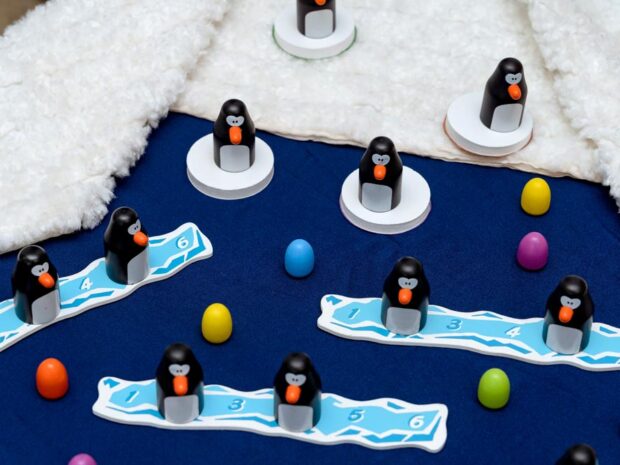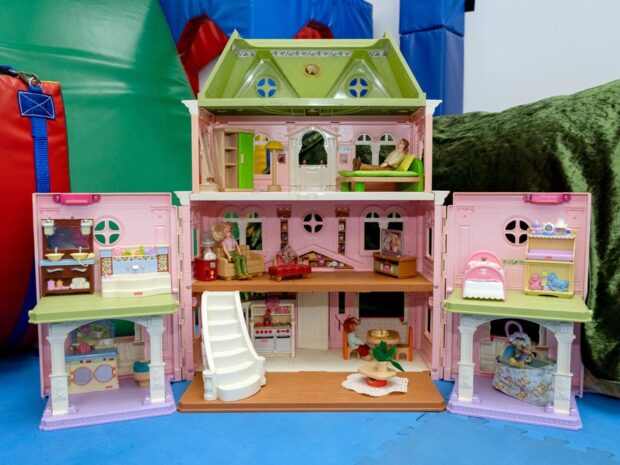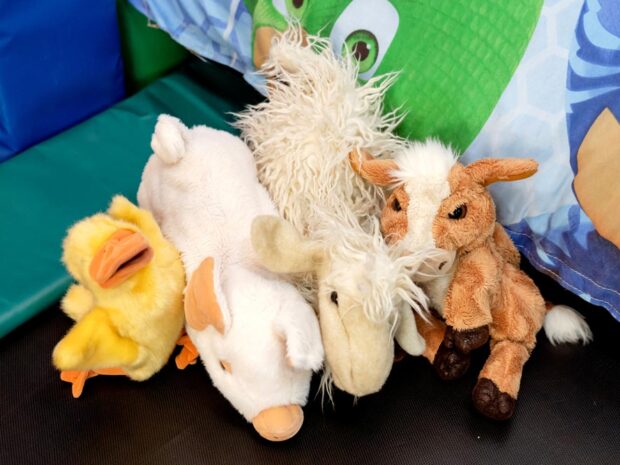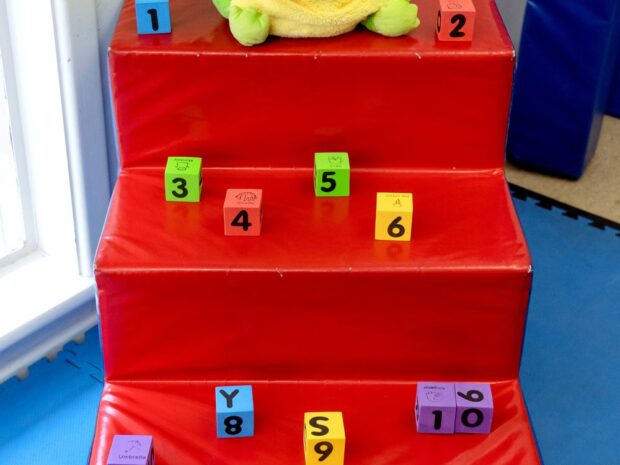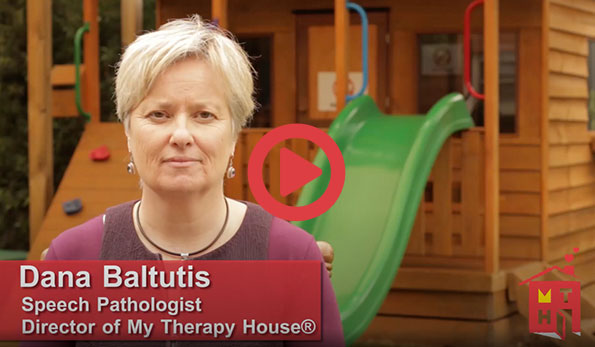At My Therapy House® in Adelaide, the Speech Pathologists work as part of the multi-disciplinary team and use a relationship-based, social-emotional individualised approach to language and speech development to help families understand their child’s:
- Ability to read social cues: this refers to the way children understand and read non-verbal information such as facial expressions, gestures, body movements, as well as subtle verbal information such as verbal inferences. Our speech pathologists work with children and families to help them understand what social cues are and how to better facilitate the child’s ability to read and express them. We work with parents to help them make their cues easier for their child and others to read. This gives them the opportunity to model, as well as to build a more grounded relationship with their child.
- Intentionality: this refers to the way the child uses their behaviour or words to express what they are meaning. For example, the child may cover their ears when there is no noise, but lots of movement or visual clutter. The hands over the ears may mean, “This environment is overwhelming for me.”
- Comprehension skills: this refers to what the child understands in verbal language. Sometimes it may appear that the child has, “good language comprehension,” because they may have either learnt how to respond to certain formal language tests or they have learnt what certain words mean in certain situations with familiar routines. Comprehension is core to language and self development.
- Communication development: this refers to the way children communicate, whether it be verbal, non-verbal, gestures or facial expressions. Communication development requires a team approach where children can learn about their bodies and how to use them to communicate their intentions. We work closely with families to help them learn to read their child’s communication and intentions to help the child feel seen, listened to, understood and accepted.
- Social skills: this refers to the way children use their faces, gestures, bodies, verbal language and themselves to initiate, maintain and terminate interactions with other people. Many children have great language skills but are unable to start a conversation, how to build on someone else’s ideas; and how to change the topic or finish the conversation without conflict. We work with children to highlight the social information in everyday interaction exchanges and what this may mean.
- Emotional development: this refers to how children develop a sense of self and other, and how they understand and express their inner emotional world. People often think emotional development refers to teaching children basic feelings such as ‘happy’, ‘sad’, ‘angry’, ‘frustrated’. Many children present with signs of anxiety, and families may not even be aware of this. We encourage parents to go on their own journey of emotional development to understand what they do, how they do it, and why they do it. Children feel their parent’s or caregiver’s anxiety or worry and may react to it in different ways. Together with the family, we explore different ways to help both the child and parents feel less anxious and worried.
- Relationships and ability to make friends: Humans are wired for relationships. The first relationships a child learns are with their family. Throughout our sessions we work on the foundations of relationships within the family and then extend these to the child’s peers.
Our DIRFloortime® certified Speech Pathologists in Adelaide are trained in many different evidence-based language and speech development approaches, including Marte Meo, a variety of Hanen Parent Training Programs and Circle of Security. They understand that comprehension and language development are complex processes and often require a team approach to address other challenges which may be impacting the child’s development. These include attachment and regulation, visual-spatial processing, auditory processing, timing and rhythm, and sensory-motor processing.
Please contact us for more information.

